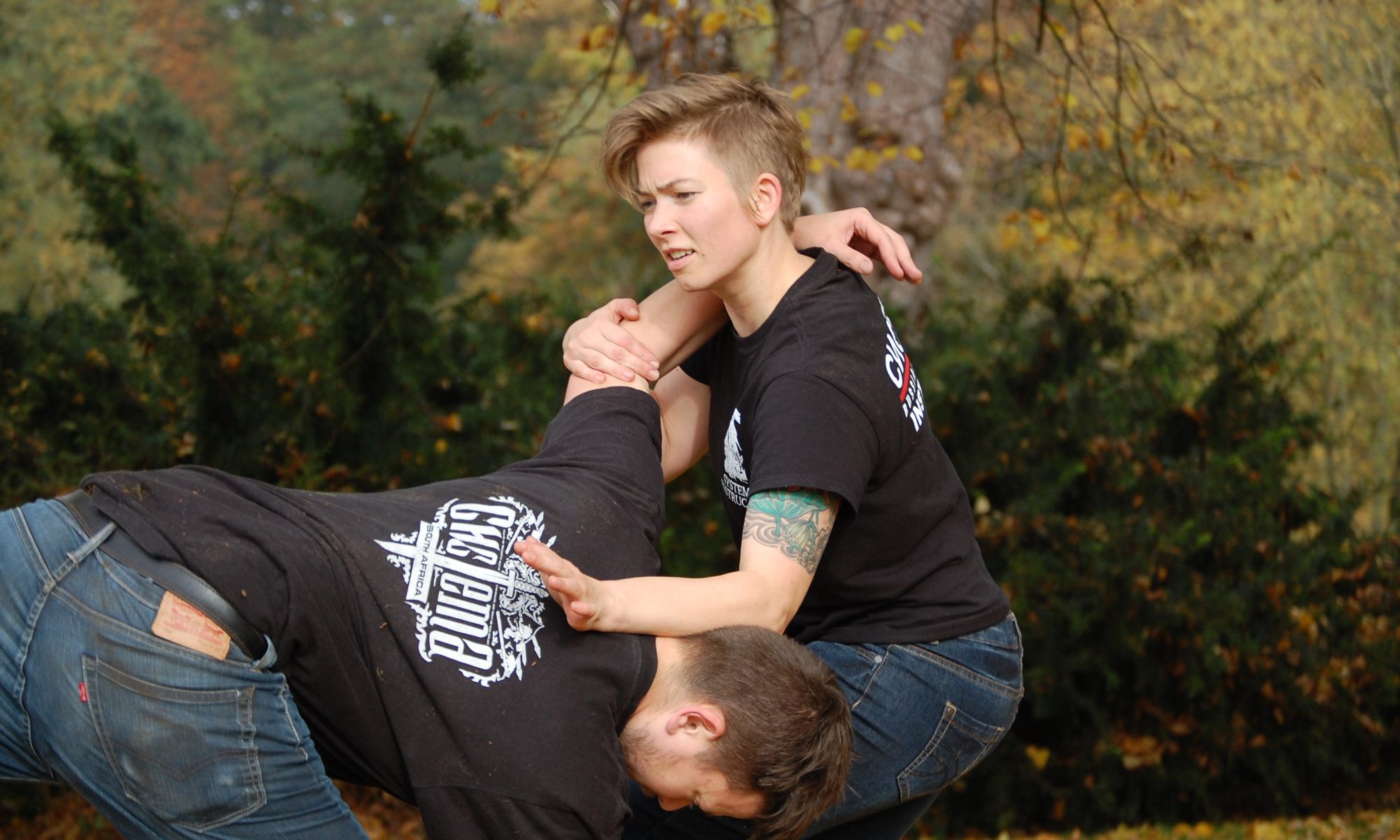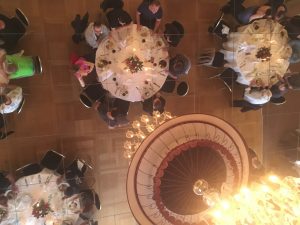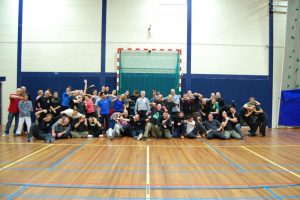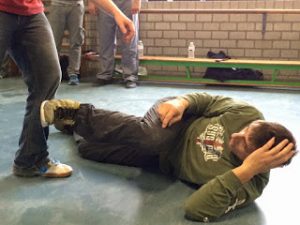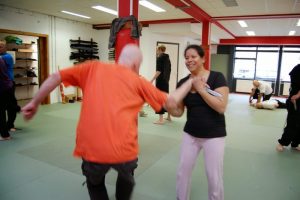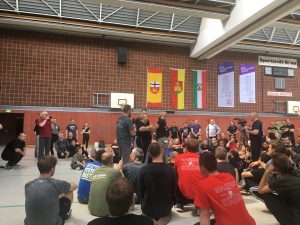 One of the things that I am sure you will recognize if you have been training Systema for a longer time is that ‘owwww thát’s what they have been trying to tell me all those years’ feeling. On the one hand it can be annoying and leave you feeling incompetent. A more positive view is that things that you learn after a lot of work will not leave easily and I would say that I was blessed this seminar to have this that’s-what-they-have-been-trying-to-tell-me feeling.
One of the things that I am sure you will recognize if you have been training Systema for a longer time is that ‘owwww thát’s what they have been trying to tell me all those years’ feeling. On the one hand it can be annoying and leave you feeling incompetent. A more positive view is that things that you learn after a lot of work will not leave easily and I would say that I was blessed this seminar to have this that’s-what-they-have-been-trying-to-tell-me feeling.
So what was it that Mikhail and Vladimir were teaching Bonn that I so skilfully had managed not to get for almost ten years? Finding tension and using it.
When beginning with Systema its very difficult to get what anyone means when they say you have to be relaxed. Because obviously (and as Vlad sometimes points out) you can only be completely relaxed when you are dead.
How relaxed should I be? At least relaxed enough to have freedom of movement, at least relaxed enough to be able to sense the other person, at least relaxed enough to keep a calm, neutral and open state of mind.
What should I try to do when someone attacks me? To make them tense enough to block their freedom of movement, to make them tense enough that they are not able to sense me properly anymore and make them tense enough to make them take their focus from me to themselves.
Both keeping your own calm and giving another person the right amount of tension is no easy task, one of which I would say I am happy if I manage this once in a thousand times. During this seminar however the buildup Mikhail and Vladimir used made these things somewhat within my grasp for the first time.
So what did they show exactly? How a minute change in posture, position or mental focus can create tension with the other person and how to use this while ideally removing tension within yourself. They showed it with grabs, with pushes, with punches, in groups (nearly impossible) and with knife.
And amazingly during this seminar happened what I knew must be possible but was never really able to believe: I (168 cm, 65 kg) was able to handle some big strong guys effortlessly even when they were using strength. And, off course, some absolutely not 🙂 .
Unfortunately as with many things in life, telling you won’t proof anything. All I can do is to encourage you to train, have faith and fun. It will pay off one day.
Instructors: Mikhail Ryabko and Vladimir Vasiliev
Organizers: Systema Bonn
